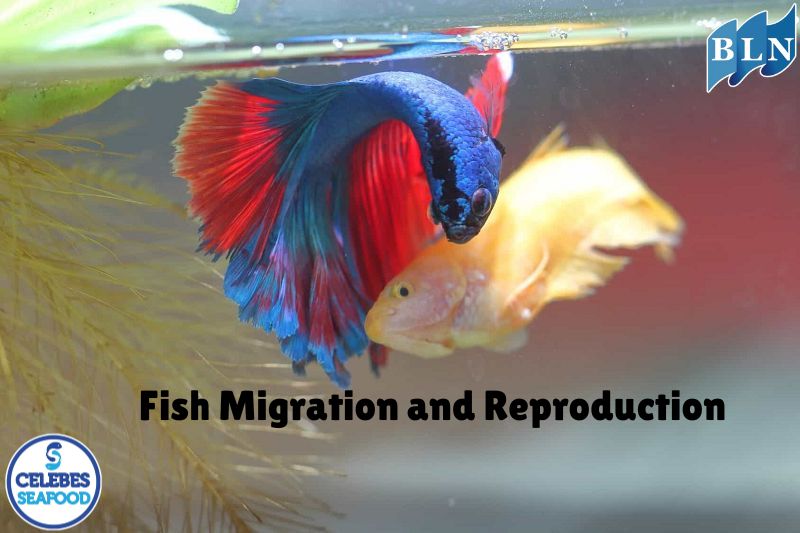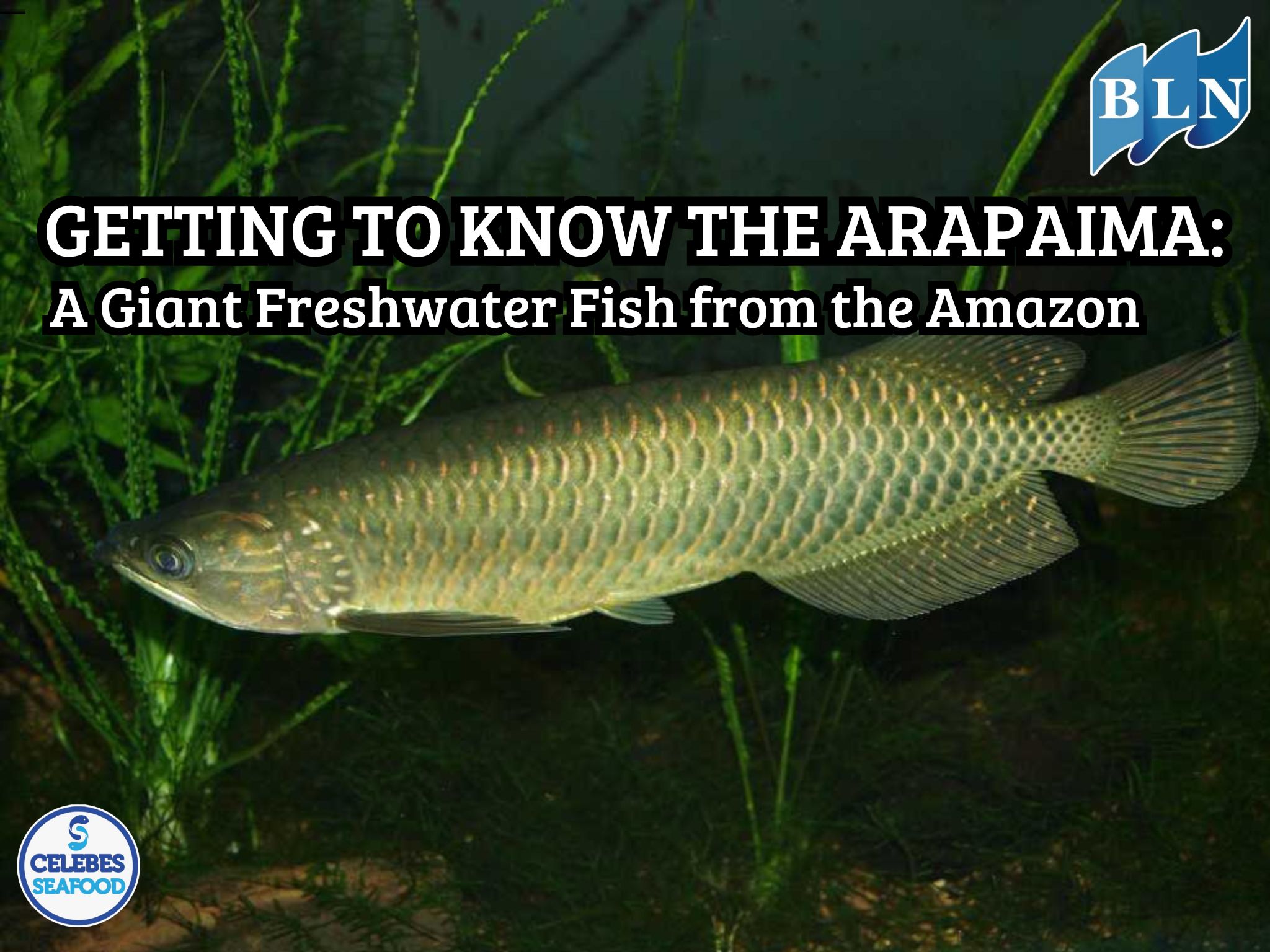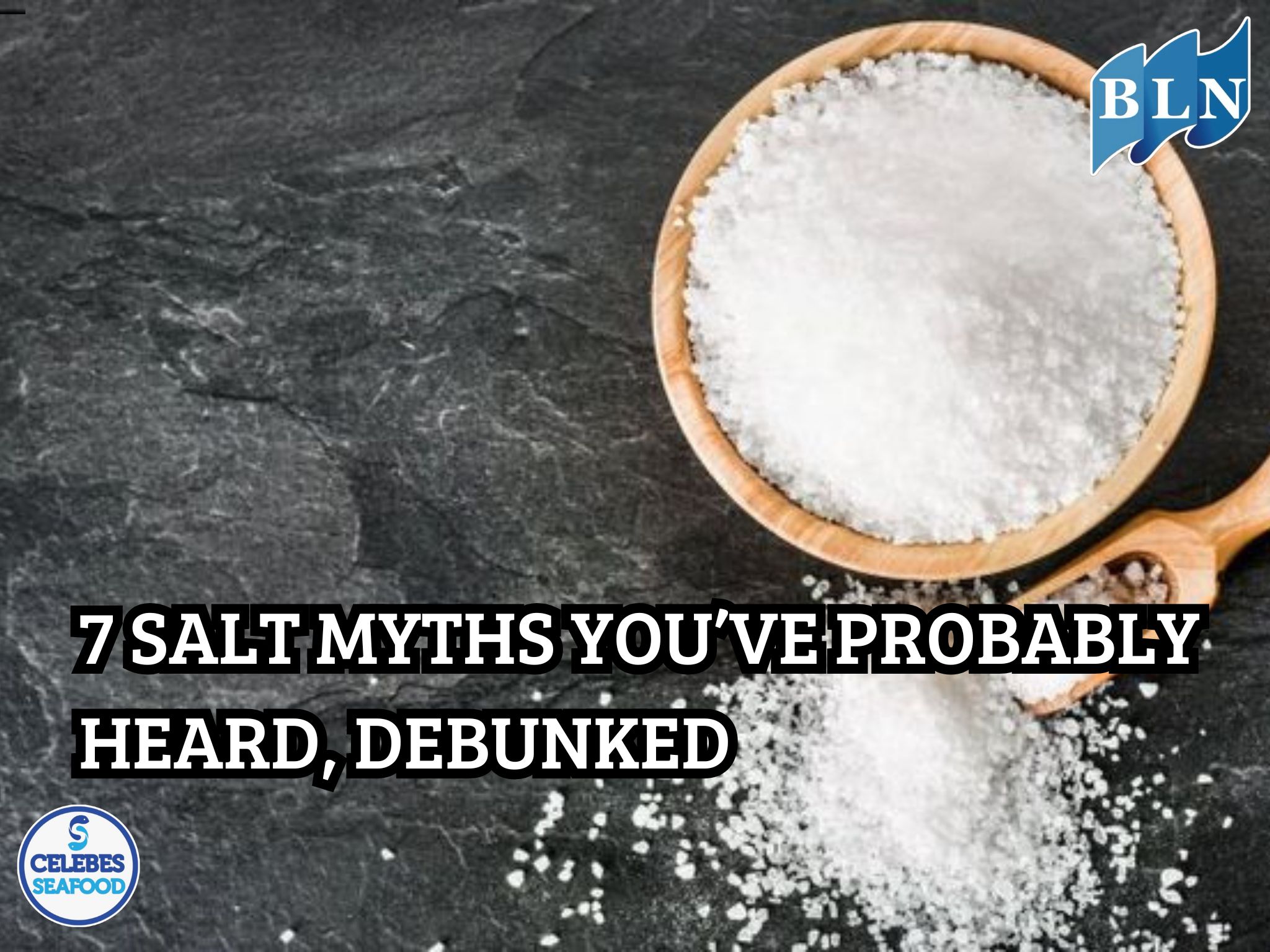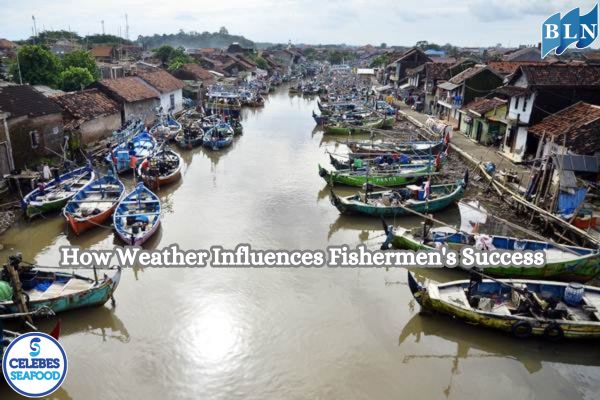7 Anchovies Things You Need to Know
By. Nevanda - 10 Mar 2023
lautnusantara.com - Anchovies are small fish that has green and blue reflection due to their silver-colored longitudinal stripe that runs from the base of the caudal fin. Their size is range from 2 to 40 centimetres in adult length. The body shape is varied with more slender fish in northern population. They have blunt snout with tiny, sharp teeth in both of their jaws. The snout contains a unique rostral organ, which believed as electro-sensory in nature, although the real reason is still unknown. The anchovy is closely resembling to herrings and silversides.
Here are some interesting facts about anchovies
Read also: What Is Spearfishing?
1. There are about 144 species of anchovies that distributed all over the Atlantic, Indian, and Pacific Oceans
2. Anchovies are easier to catch on a full moon night because their bodies glisten under the moonlight
3. Right after caught, the anchovies are canned and salted or sometimes dried for eating purposes
4. Anchovies are fish that can concentrate an acid, making them poisonous for humans if it consumes as a whole fish
5. Best bait to catch this fish is known to be crab paste
6. Fresh anchovies have black irises instead of reddish one. They also often confused as sardine
7. The anchovies fishing period usually begins in March and ends on September
Read also: Physical Apperance of Brown-Marbled Grouper
The anchovy, like other clupeoids, are filter-feeder which means they will constantly open their mouths as they swim. As the water passes through their mouth, the food particles that consist of zooplankton or phytoplankton and even other fishes planktonic larvae. Anchovies have important role in marine ecosystem as they are a significant food source to almost every predatory fish in the oceans. They also important to marine mammals and seabirds as well.
Like any other fish, anchovy reproduce by spawning. Males and females will gather in large group and release their eggs and sperms into the water column. The time that usually takes from the juvenile to adulthood varies depend on each species. Anchovies rarely live after 4 years of age.








